- In Stock
- Sold by Newegg

- Model #: 840104322871
- $6,099.00 –
- Free Shipping
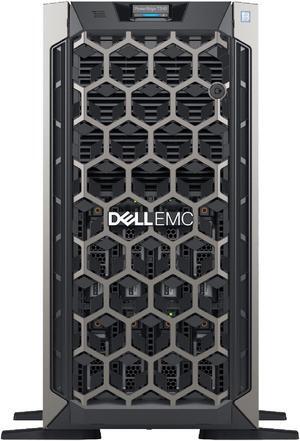
- Model #: 840104307144
- $2,699.00 –
- Free Shipping

- MAX Processors: 1
- HDD Interface: PCIe 4.0 x4 NVMe
- Max HDD Capacity: 16.0TB
- LAN Ports: 2 x Ports
- Model #: r3930.t1000
- $2,289.99 –
- Free Shipping
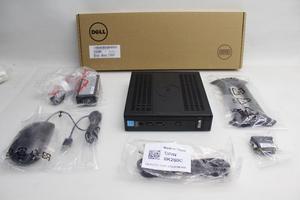
- Model #: 786-142150000282402
- $189.00 –
- Free Shipping

- Model #: 011110926524
- $69.99 –
- Free Shipping

- Model #: 840104322635
- $4,929.00 –
- Free Shipping

- HDD Interface: SATA
- Features: (re-newed)
- Model #: 0695087121559
- $3,499.00 –
- Free Shipping
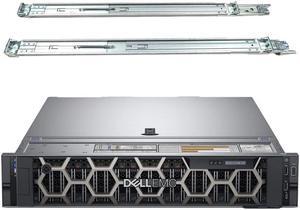
- Model #: 840104322864
- $5,099.00 –
- Free Shipping

- CPU Speed: 3.30 GHz
- # of Processors Installed: 1
- Media Drives: DVD ROM
- Remote Management: iDRAC9 Express
- Model #: 840104326503
- $2,399.00 –
- Free Shipping

- Model #: 840104322826
- $5,599.00 –
- Free Shipping
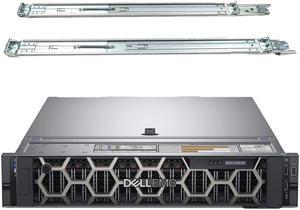
- Model #: 840104322628
- $3,929.00 –
- Free Shipping
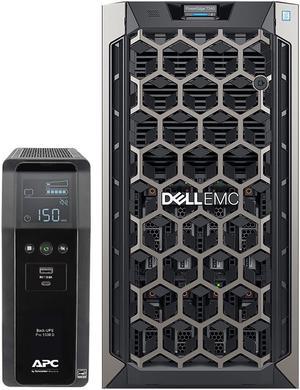
- CPU Speed: 3.30 GHz
- HDD Interface: SATA
- Features: PowerEdge T340 (Re-newed)
- Model #: 0695087121580
- $3,699.00 –
- Free Shipping
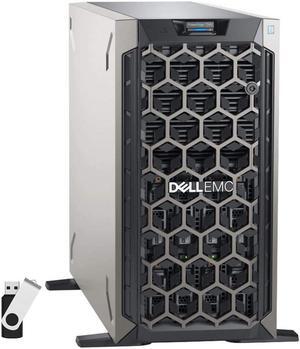
- CPU Speed: 3.30 GHz
- # of Processors Installed: 1
- Media Drives: DVD ROM
- Remote Management: iDRAC9 Express
- Model #: 840104325315
- $3,699.00 –
- Free Shipping
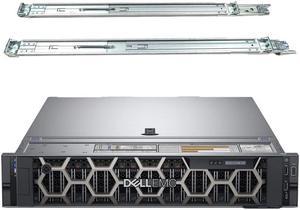
- Model #: 840104322796
- $5,059.00 –
- Free Shipping

- Model #: 840104322666
- $5,479.00 –
- Free Shipping
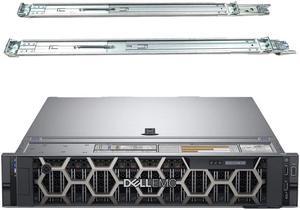
- Model #: 840104322789
- $4,059.00 –
- Free Shipping
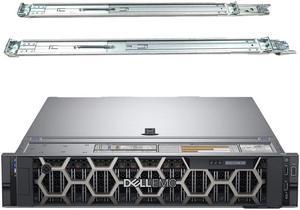
- Model #: 840104322833
- $7,599.00 –
- Free Shipping
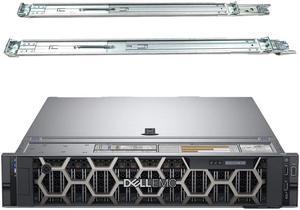
- Model #: 840104322642
- $6,499.00 –
- Free Shipping

- Model #: 840104322802
- $6,629.00 –
- Free Shipping
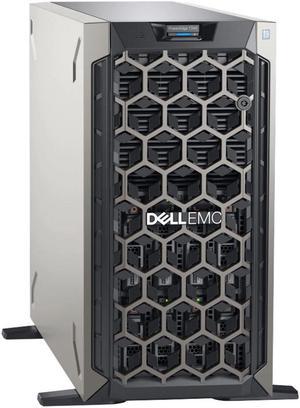
- HDD Interface: SATA
- Model #: 0695087121535
- $3,699.00 –
- Free Shipping
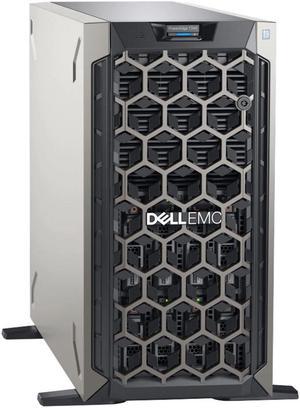
- CPU Speed: 3.30 GHz
- HDD Interface: SATA III
- Model #: 0695087121528
- $5,599.00 –
- Free Shipping
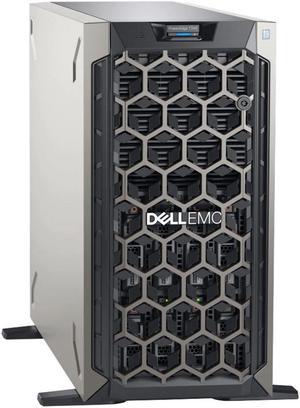
- Rack Height: 5U/Tower
- MAX Processors: 1
- Model #: 0695087121504
- $3,699.00 –
- Free Shipping
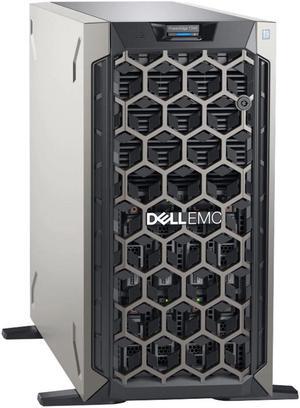
- CPU Speed: 3.30 GHz
- HDD Interface: SATA
- Model #: 0695087121566
- $4,199.00 –
- Free Shipping

- CPU Speed: 3.30 GHz
- HDD Interface: SATA
- HDD: 4 x 4TB HDD
- Model #: 0695087121573
- $4,199.00 –
- Free Shipping

- Model #: 840104322673
- $7,479.00 –
- Free Shipping
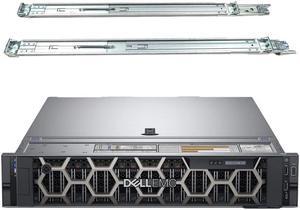
- Model #: 840104322703
- $4,969.00 –
- Free Shipping
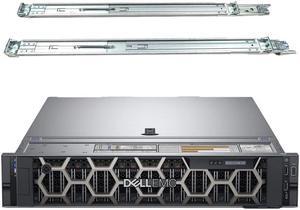
- Model #: 840104322710
- $5,969.00 –
- Free Shipping

- Model #: 840104322741
- $6,509.00 –
- Free Shipping
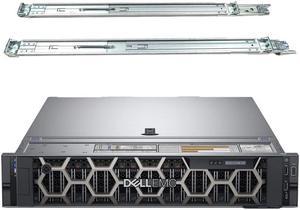
- Model #: 840104322888
- $7,669.00 –
- Free Shipping

- Model #: 840104322901
- $6,639.00 –
- Free Shipping
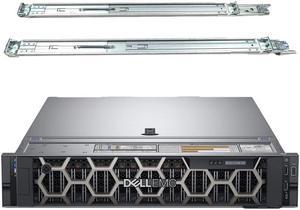
- Model #: 840104322727
- $7,539.00 –
- Free Shipping
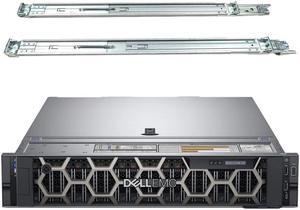
- Model #: 840104322840
- $10,749.00 –
- Free Shipping
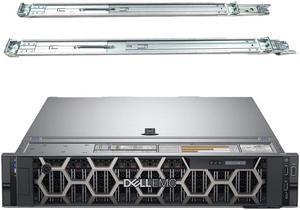
- Model #: 840104322918
- $8,639.00 –
- Free Shipping
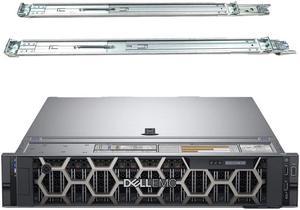
- Model #: 840104322680
- $10,619.00 –
- Free Shipping

- Model #: 840104322758
- $8,509.00 –
- Free Shipping
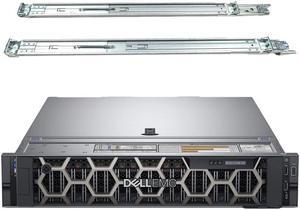
- Model #: 840104322925
- $11,779.00 –
- Free Shipping
Meet your networking requirements with Dell server systems that have reliable power to meet demanding data processing needs. Consider a single socket or multiple socket server that supports multiple CPUs for faster performance. Servers with significant slots for scalability allow the user to install expansion cards to increase power and satisfy networking requirements.
Robust Designs Suit a Range of Data Processing Needs
Single socket servers accommodate one processor, and are a go-to option for organizations newly embracing server usage. Dual socket server and workstation systems support two processors to enhance speed for businesses with data-intense routines. Four-socket Dell server systems offer extensive scalability using four processors for heavy applications, such as GPU database acceleration and data analytics. PowerEdge XE Dell workstation servers have a robust design that includes a rapid response to data growth to meet fluctuating needs of latency and bandwidth. XE servers are tolerant of harsh environments like high operating temperatures to support intensive workloads.
Dell Server Systems Handle Varying Office Orientation Spaces
A Dell tower server has a relatively low component density for fast cooling. The server models are scalable, allowing room for upgrades to meet dynamic data processing requirements. Rack servers consume less space by enabling vertical stacking of other servers and mobile workstations, making them a viable option for offices with limited office space. The racks offer simplified cable management, reducing the clutter of cables within the office. Blade servers are slim and have a more straightforward infrastructure. They offer centralized cable management via a single interface, reducing the tedious work of dealing with cables. The rack unit of a server specifies the rack dimensions in which it can fit. One rack unit equals 1.75in., meaning 5U Dell server systems fit into a 8.75in. space. They are a good option for institutions with heavy-duty data processing exercises.
Fault Tolerance Provides for Convenient Data Recovery
Dell servers whose chipset supports 0-1 Redundant Array of Independent Disks (RAID) functions have a more reliable fault tolerance. RAID level 5 servers use data block striping with disseminated uniform information blocks in the array disks for better read performance. Level 6 adds an extra parity block to enhance the server's fault tolerance, making it possible to recover the array in case of failure of the other disks. Level 10 combines both mirroring and striping to speed data transfer and rebuild in case of faults.
Expansion Offers Server Expandability
Most Dell servers include USB ports for the connection of computer accessories and the transfer of data between devices. SATA barebones and Dell server systems have transfer speeds ranging from 150Mbps to 600Mbps for SATA 1 and SATA III interfaces respectively, providing decent transfer speeds for commercial data processing enterprises. SAS interface barebones allow up to 16,384 devices, delivering a significant margin for drive expansion. Barebones with a PCI Express x16 expansion slot have room for the attachment of a video card to support high graphical demands like 3D acceleration.